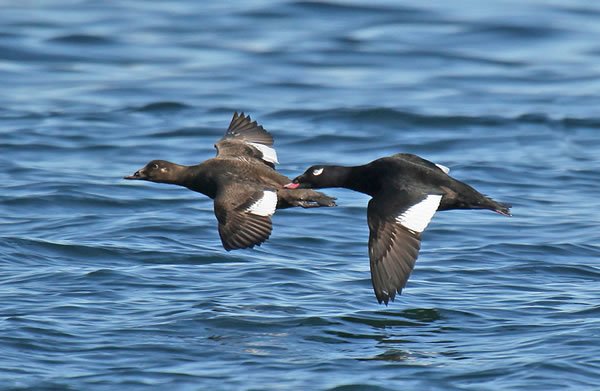What are the ducks telling us? Documenting K’ahsho Got’ine knowledge about scoters

Project Number: 175
Year Funded: 2024
Lead Institution(s): Environment Canada
Project Lead: Kirsty Gurney
Collaborator(s): Daniel Jackson (Fort Good Hope Renewable Resources Council), Frank T'Seleie (Tuyeta Management Board), Joseph Tobac (Tuyeta Management Board), Daniel Masuzumi Sr. (K'ahsho Got'ine Foundation), Eric Reed (CWS)
Location: Northwest Territories, Canada
Focal Species: Surf Scoter (Melanitta perspicillata), White-winged Scoter (Melanitta delgandi)
Project Description: This project involves working with Indigenous partners and Indigenous Government Organizations in the
Fort Good Hope area (Sahtú Settlement Area, Northwest Territories) to (i) develop and implement an Indigenous Knowledge survey related to areas historically used by priority sea duck species (Surf Scoter; Melanitta perspicillata and White-winged Scoter; M. deglandi) during spring and summer and (ii) evaluate current use of these areas by scoters through ground-based surveys. We will build a foundation for Indigenous partnership and provide much needed information on local distributions for these species, natural resources that are shared between Canada and the US. Scoter species are significant in Indigenous identity and culture in both Alaska and Canada – learning to work respectfully and effectively with Indigenous partners is a critical first step in integrating human dimensions into management of sea duck populations across the continent. This project will provide a much-needed foundation for expanding similar projects to other geographic areas in northern North America where sea ducks constitute an important component of subsistence harvesting and traditional ways of life.
Project Reports:
